#The Little Princess
Explore tagged Tumblr posts
Text

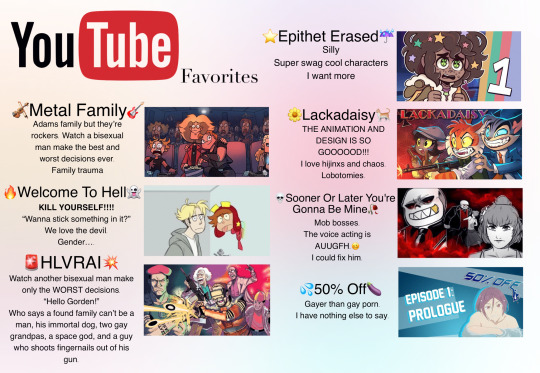
Just some childhood favorites and some silly, ignore the spelling mistakes I’m tired.
#movie recommendation#movies#YouTube#movie list#things to watch#bored#old movies#classic movies#cartoon movies#something to watch#watch list#strange magic#a monster in paris#9#the wonderful world of puss n boots#waterworld#the theif and the cobbler#water horse#the spiderwick chronicles#bedknobs and broomsticks#the secret garden#the little princess#Paulie#pictures of hollis woods#metal family#hlvrai#welcome to well#epithet erased#lackadaisy#🧩my trinket box🗝️
99 notes
·
View notes
Text
THEATER NIGHT! W/ MY MOST UNKNOWN FANDOMS..YEAH..

#fandom#cartoon#artwork#fanart#art#harvey girls forever#mini mighty kids#mari kari#tickety toc#the little princess#the hero of color city#animal mechanicals#niche#niche fandom#fandoms#crossover#fandom stuff#crossover art#multifandom au#multimedia#netflix#nick jr#childhood cartoons#cartoons#digital artist#artist on tumblr#artist#small artist#artists on tumblr#my art
44 notes
·
View notes
Text

I'm not turning you down
We've not run out of sweet dreams
I'll seek my true inner child
To be forever your little princess
#artist on tumblr#the little prince#le petit prince#antoine de saint exupéry#genderbend#the little princess#le petite princesse#stars#constellation#fanart
9 notes
·
View notes
Text

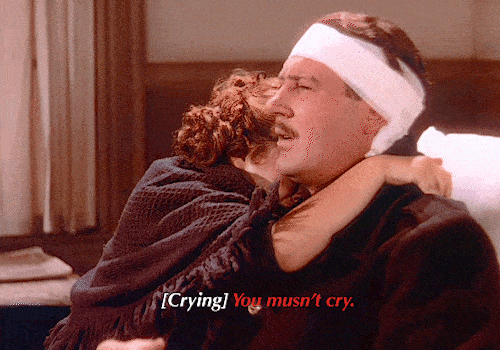
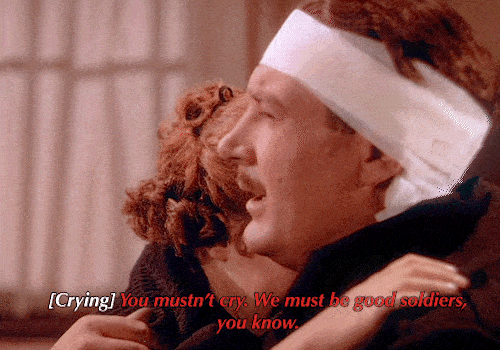


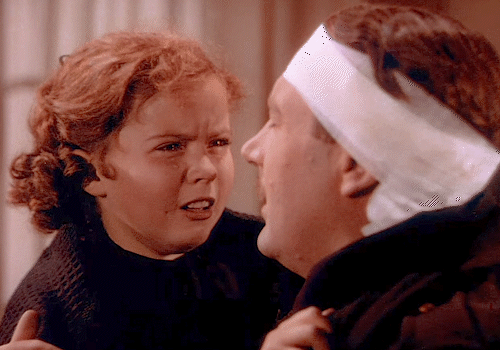


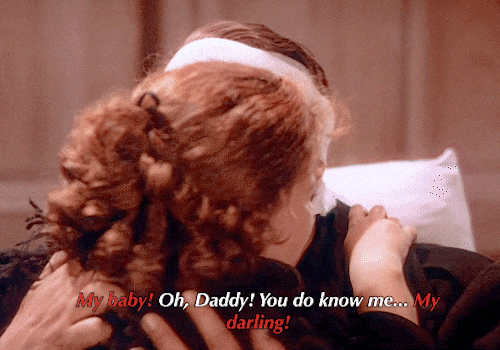
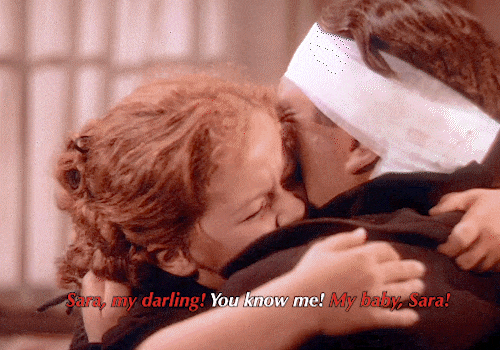
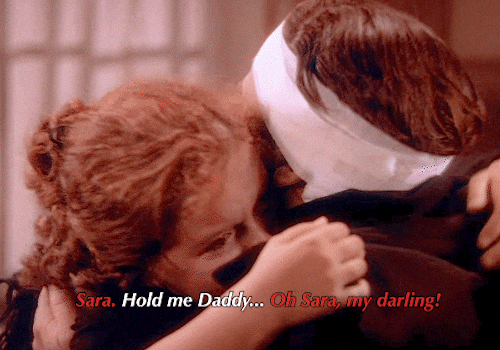
"I know you by heart. You are inside my heart."
THE LITTLE PRINCESS (1939) | dir. Walter Lang and William A. Seiter
#the little princess#a little princess#walter lang#william a. seiter#classic film source#filmgifs#old hollywood#filmblr#classicfilmblr#classicfilmedit#shirley temple#ian hunter#1930's cinema#circa 1939#1939 films#sara crewe#captain crewe#captain ralph crewe#period drama#drama edit#father and daughter film
64 notes
·
View notes
Text
I dislike criticism of media that complains about characters “not having a narrative arc” because they have the same characteristics at the end of the movie as they did at the beginning…
Sometimes the main character doesn’t need to change?? Sometimes it’s the environment, culture, or people around them that needs to change! Sometimes they are demonstrating that their attitude/outlook/opinion can carry them through hard times! There is more than one way to build a conflict or resolve a character arc.
If your criticism of a work amounts to “Character starts the movie as ‘X’ and ends the movie as… still ‘X’…” then think critically about how often core personality traits of characters you enjoy actually change from the beginning to the end of the narrative versus how much their circumstances have changed.
#this is in response to a v specific yt video#which i actually generally agree with but used this bit as an easy punchline and it rubbed me the wrong way#but some properties i’ve seen this used with are like#moana#the little princess#anne of green gables#a lot of stories ab young girls now that i think ab it
2 notes
·
View notes
Text
So I just watched little princess with my mother a couple days ago and
So tim drake coded like your father died? You refuse to believe it out of delusion? You're right?? You're also a rich kid?? Tim Drake-core movie
#the little princess#tim drake#red robin#red robin 2009#hs just a silly guy whos so delusional#but extremely lucky some times#and extremely unlucky the rest of the time#no inbetween#:)
16 notes
·
View notes
Text
#movies#childhood#nostalgia#my girl#stand by me#dead poets society#the little princess#the boy in the striped pajamas#the secret garden#music#edit#video edit
3 notes
·
View notes
Photo


The Little Princess (1939) directed by Walter Lang
29 notes
·
View notes
Photo


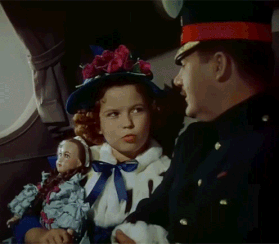
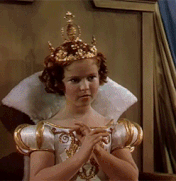

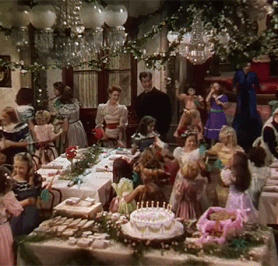

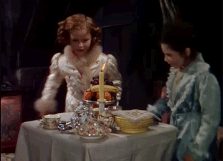

The Little Princess
Now matter how bad things get, something good is out there, over the horizon.
Comfort movie

#shirley temple#kids movie#agedre#sfw agere#Age Regression#age regressor#agere positivity#safe agere#agere community#agedre community#sfw little blog#sfw littlespace#sfw little community#Agere post#comfort movie#the little princess#shirley temple movie#kidcore#childlike#the little princess 1939#Agere#age dreaming#agere little#agere blog
27 notes
·
View notes
Text

The Little Princess - Ethel Franklin Betts
3 notes
·
View notes
Text

#the little princess#libro#libri#book#books#elegante#eleganza#elegance#elegant aesthetic#elegant#elegance aesthetic#classy#classic aesthetic#classico#classic#classy aesthetic#old money#old money aesthetic
2 notes
·
View notes
Text

What do you think? @pageantqveen
2 notes
·
View notes
Text

The Little Princess invites you to the stars for the 80th Anniversary of The Little Prince!
5 notes
·
View notes
Text

Starry starry night 🌌
Now available as a foil print
52K notes
·
View notes
Text
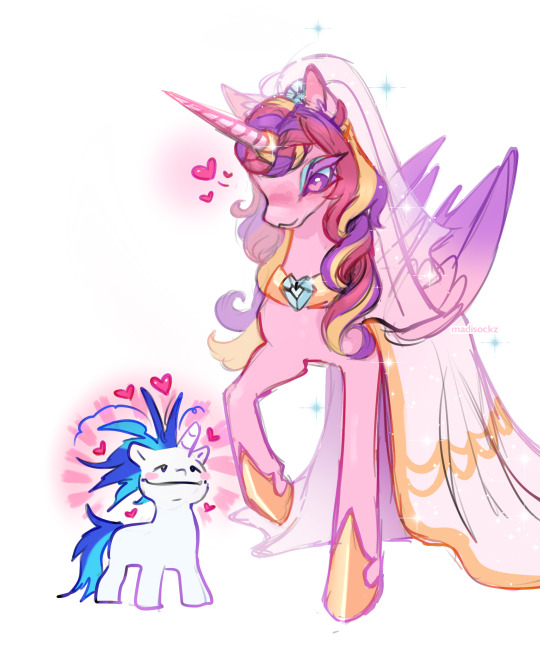
The bride and the ugly ass groom
#art#my art#horse#pony#equine#equine art#fanart#artist on tumblr#mlp#mlp art#princess cadance#cadance#mlp cadance#shining armor#mlp fim#mlp fanart#mlp g4#my little pony fanart#my little pony#The bride and the ugly ass groom
61K notes
·
View notes
Photo
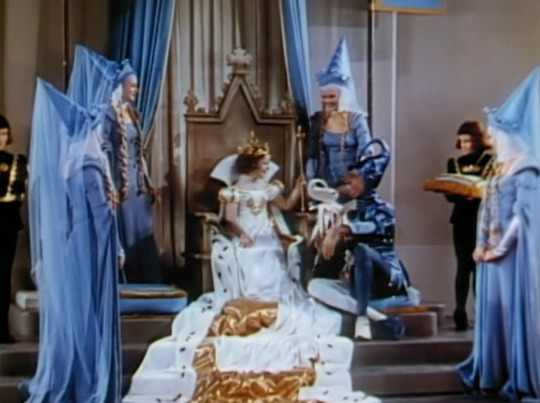




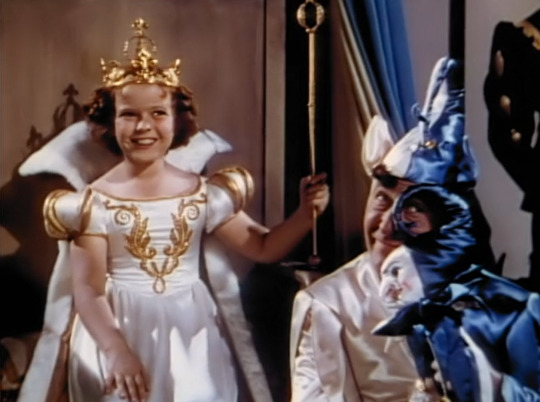
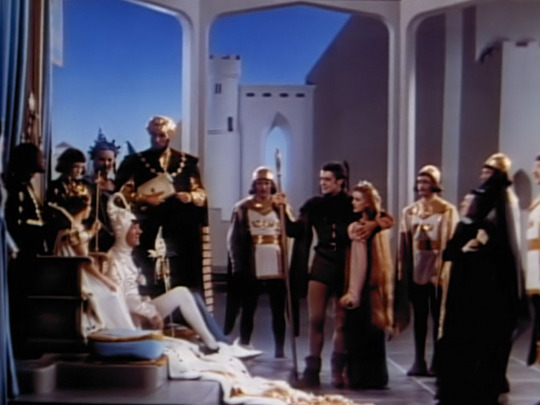


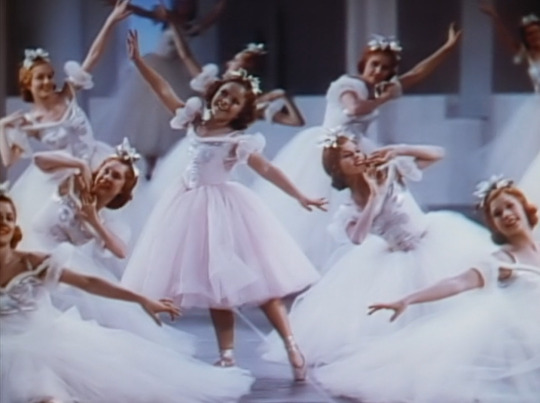
There's a law I understand Against kissing in this land.
A Little Princess (1939) directed by Walter Lang
#the little princess#shirley temple#shirley temple black#arthur treacher#sara crew#cesar romero#ram dass#mary nash#walter lang#anita louise#richard greene
15 notes
·
View notes